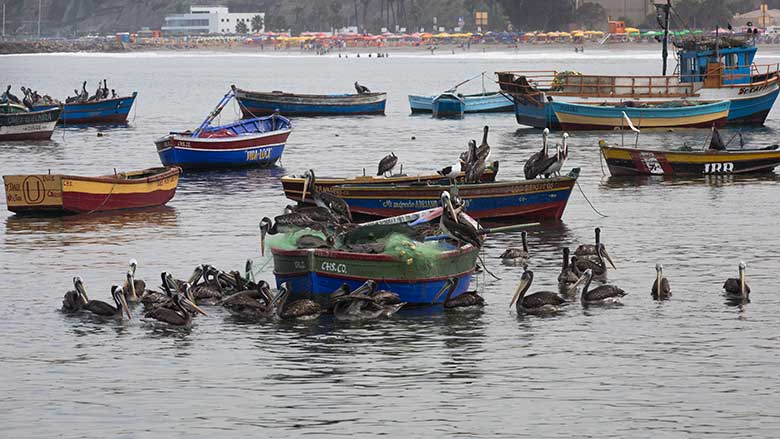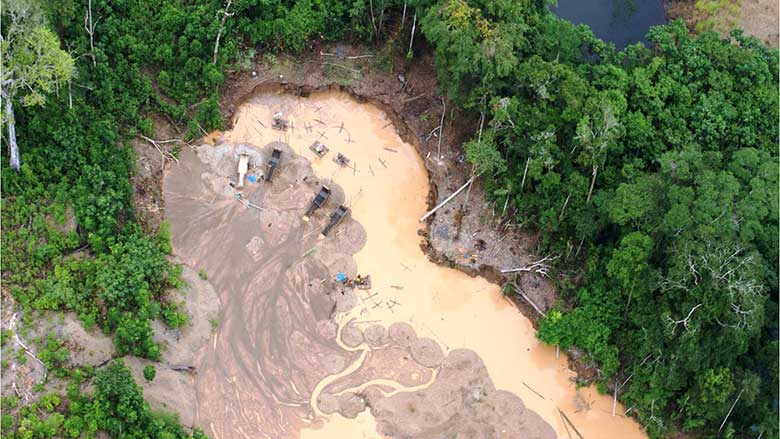Challenge
As of 2006, the main causes of environmental degradation in Peru had led to an estimated cost of US$ 2.3 billion, an amount equivalent to 3.9 percent of the nation’s GDP. The highest costs were from outdoor air pollution and lead exposure in urban areas; inadequate water supply, sanitation, and hygiene systems; natural disasters; indoor air pollution; and agricultural soil degradation. The majority of these costs reflected increased morbidity and mortality, as well as decreased economic productivity. In parallel, as of early 2008, Peru lacked a ministry with a clearly defined mandate and centralized responsibilities for environmental management. Core environmental management responsibilities were shared by more than a dozen agencies with inadequate public funding and insufficient technical and human resource capacities. Peru had 60 protected areas, covering 14.8 percent of the nation’s territory or approximately 18 million hectares. Of these, only 30 had an approved management plan, and plans for 8 more were under preparation.
Approach
A project to address these issues took shape as Peru: First Programmatic Environmental Development Policy Loan/DDO. Based on the results of the Country Environmental Analysis (CEA), a series of three programmatic environmental development policy loans (DPLs) supported Peru in adopting reforms targeting two key areas: (i) strengthening the legal and institutional framework for environmental management, and (ii) mainstreaming principles of sustainable development in crucial economic sectors.
Policy actions included the creation of the Ministry of Environment (Ministerio del Ambiente, MINAM) and affiliated agencies, responsible for clarifying the roles and responsibilities of the primary agencies in areas such as environmental oversight and licensing. Additional reforms developed tools to address priority environmental problems, such as outdoor air pollution in urban areas and water quality problems. Those tools ranged from emissions and environmental quality standards to information to support decision making and increase transparency and accountability in environmental management. Other actions ensured that the new organizations had the resources to fulfill their mandates.
Mainstreaming sustainable development principles in crucial economic sectors was fundamental to addressing core environmental issues, particularly in areas experiencing high growth, utilizing natural resources, or relying on exports. The fisheries sector met these characteristics and was in need of reforms, as evidenced by declining biomass and yields, as well as by the overcapacity of fishing vessels and processing plants. Mining was another such sector, both contributing significantly to the Peruvian economy and increasingly associated with socioenvironmental conflicts.




